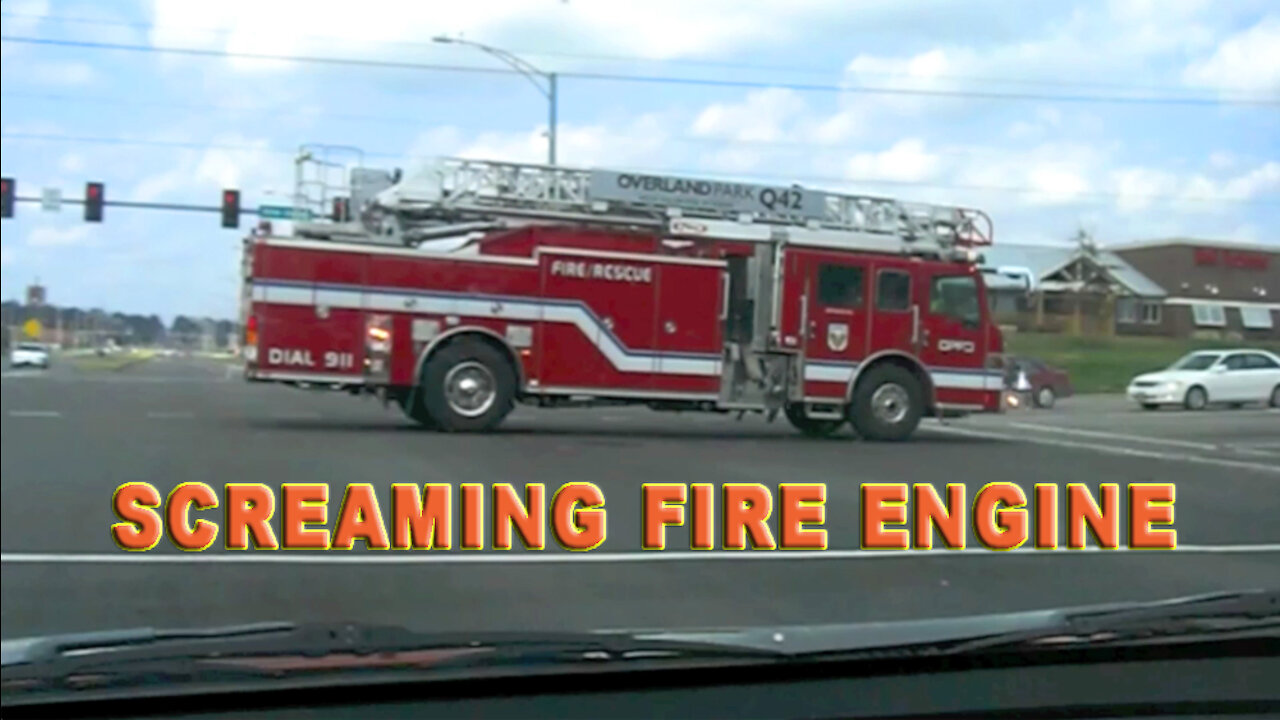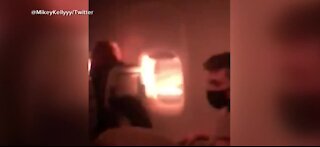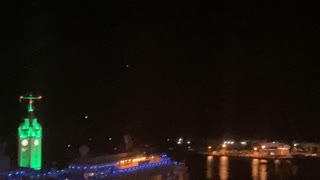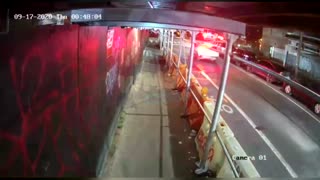Premium Only Content

Screaming Fire Engine
A loud screaming fire truck flies thru the intersection right in front of me.
A fire engine, also known in some places as a fire truck or fire lorry, is a road vehicle (usually a truck) that functions as a firefighting apparatus. The primary purposes of a fire engine include transporting firefighters and water to an incident as well as carrying equipment for firefighting operations. Some fire engines have specialized functions, such as wildfire suppression and aircraft rescue and firefighting, and may also carry equipment for technical rescue.
Many fire engines are based on commercial vehicle chassis that are further upgraded and customised for firefighting requirements. They are normally fitted with sirens and emergency vehicle lighting, as well as communication equipment such as two-way radios and mobile computer technology.
The terms fire engine and fire truck are often used interchangeably to a broad range of vehicles involved in firefighting; however, in some fire departments they refer to separate and specific types of vehicle.
The design and construction of fire engines focuses greatly on the use of both active and passive warnings. Passive visual warnings involve the use of high contrast patterns to increase the noticeability of the vehicle. These types of warnings are often seen on older vehicles and those in developing countries.[1] More modern designs make use of retroreflectors to reflect light from other vehicles. Vehicles will also often have these reflectors arranged in a chevron pattern along with the words fire or rescue.[1] European countries commonly use a pattern known as battenburg markings.[2] Along with the passive warnings, are active visual warnings which are usually in the form of flashing colored lights (also known as "beacons" or "lightbars"). These flash to attract the attention of other drivers as the fire truck approaches, or to provide warning to drivers approaching a parked fire truck in a dangerous position on the road. While the fire truck is headed towards the scene, the lights are always accompanied by loud audible warnings such as sirens and air horns.[1]
In some regions, a fire engine may be used to transport first responder firefighters, paramedics or EMTs to medical emergencies due to their proximity to the incident.
The standard fire engine transports firefighters to the scene, provides a limited supply of water with which to fight the fire, and carries equipment needed by the firefighters for most firefighting scenarios. The tools carried on the fire engine will vary greatly based on many factors including the size of the department and the usual situations the firefighters handle. For example, departments located near large bodies of water or rivers are likely to have some sort of water rescue equipment. Standard tools found on nearly all fire engines include ladders, hydraulic rescue tools (often referred to as the jaws of life), floodlights, fire hose, fire extinguishers, self-contained breathing apparatus, and thermal imaging cameras.[5]
The exact layout of what is carried on an engine is decided by the needs of the department. For example, fire departments located in metropolitan areas will carry equipment to mitigate hazardous materials and effect technical rescues, while departments that operate in the wildland-urban interface will need the gear to deal with brush fires.
Some fire engines have a fixed deluge gun, also known as a master stream, which directs a heavy stream of water to wherever the operator points it. An additional feature of engines are their preconnected hose lines, commonly referred to as preconnects.[6] The preconnects are attached to the engine's onboard water supply and allow firefighters to quickly mount an aggressive attack on the fire as soon as they arrive on scene.[6] When the onboard water supply runs out, the engine is connected to more permanent sources such as fire hydrants or water tenders and can also use natural sources such as rivers or reservoirs by drafting water.
-
 0:40
0:40
ViralHog
4 years ago $0.32 earnedImpressive Engine Block Fire Pit
3.81K1 -
 0:34
0:34
KTNV
4 years agoPlane's engine in Hawaii lights on fire
5831 -
 0:15
0:15
EntertainmentVideos
4 years agoEngine
62 -
 2:35
2:35
ViralHog
4 years ago $0.01 earnedPlane Flight Ends Early Due to Engine Fire
150 -
 1:34
1:34
BrightMountainMedia
4 years agoFire engine heading to fire crashes into ambulance carrying heart attack patient
490 -
 0:12
0:12
dalekay
4 years ago $0.04 earnedEngine Start
3941 -
 0:02
0:02
ThisWeekWithCars
4 years agoGurney Eagle Engine Running on Engine Stand
115 -
 20:26
20:26
Mark Makes
4 years ago $0.03 earnedMiser Stirling Engine
1981 -
 0:30
0:30
evansd84
4 years ago $0.03 earnedScreaming kids
98 -
 0:06
0:06
yourdadlmao
4 years ago $0.01 earnedScreaming Seagull
3481